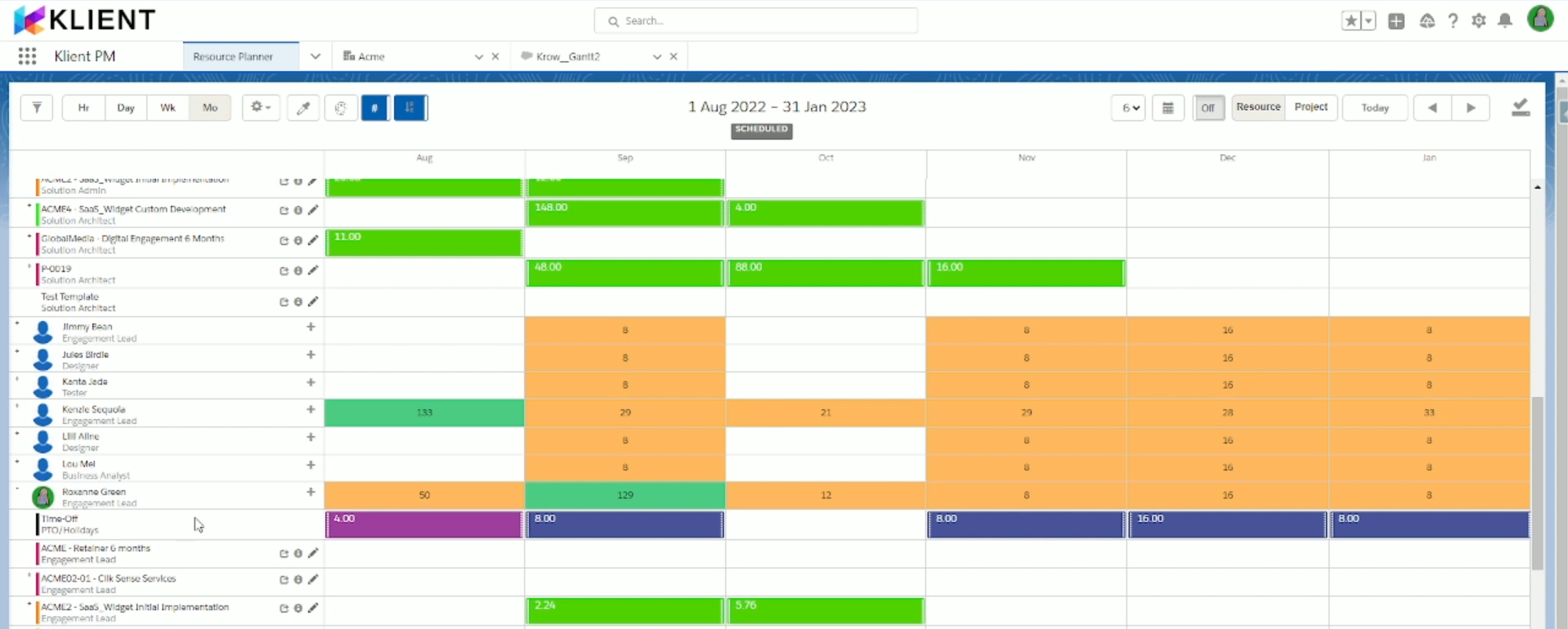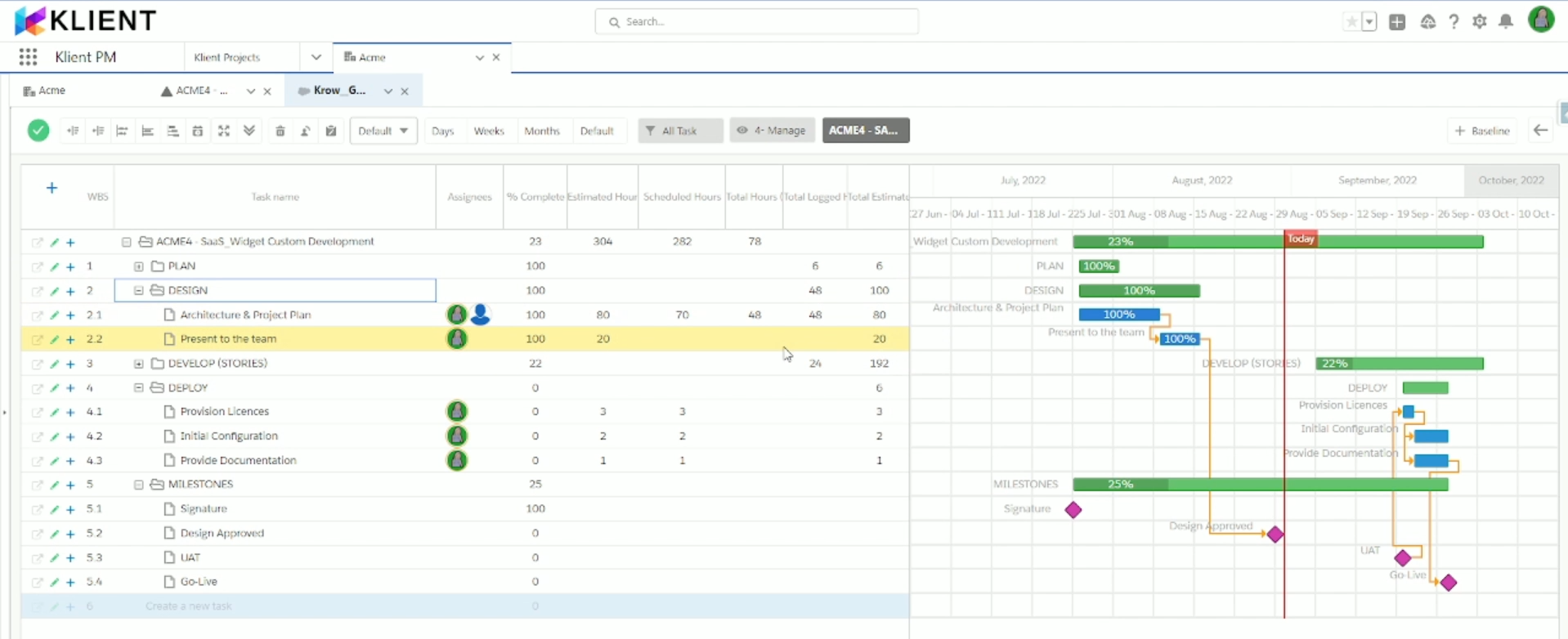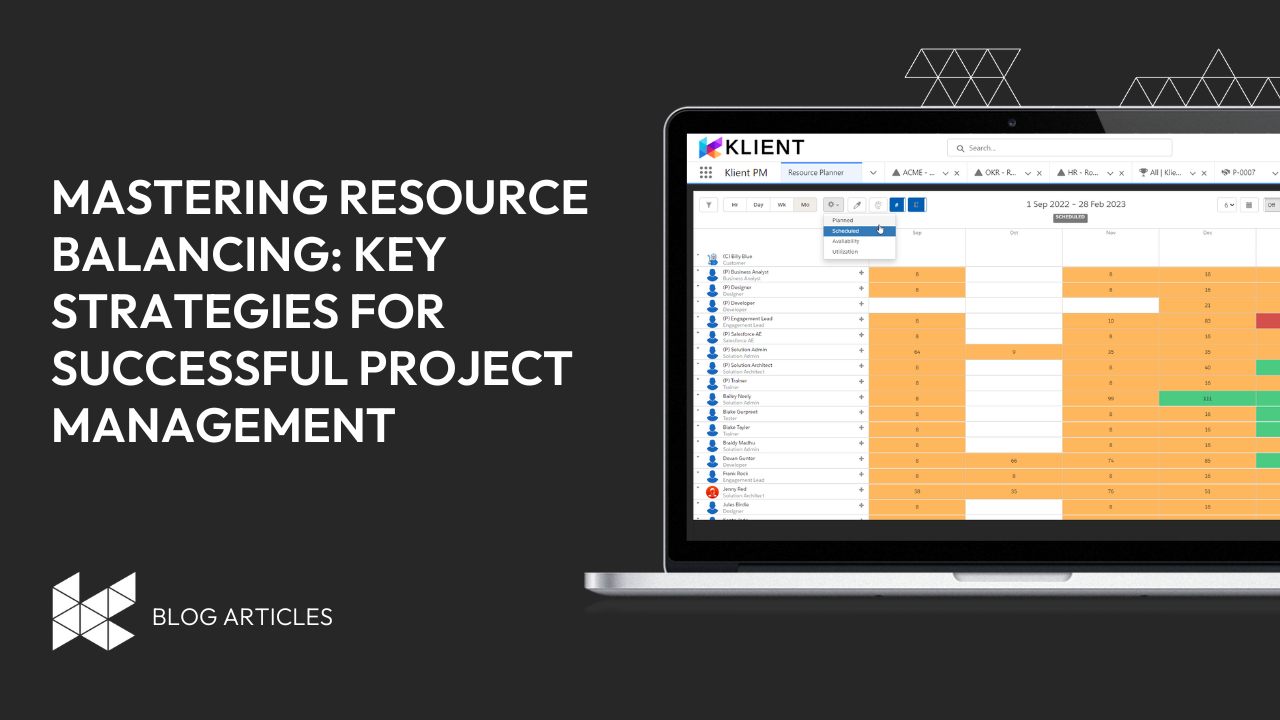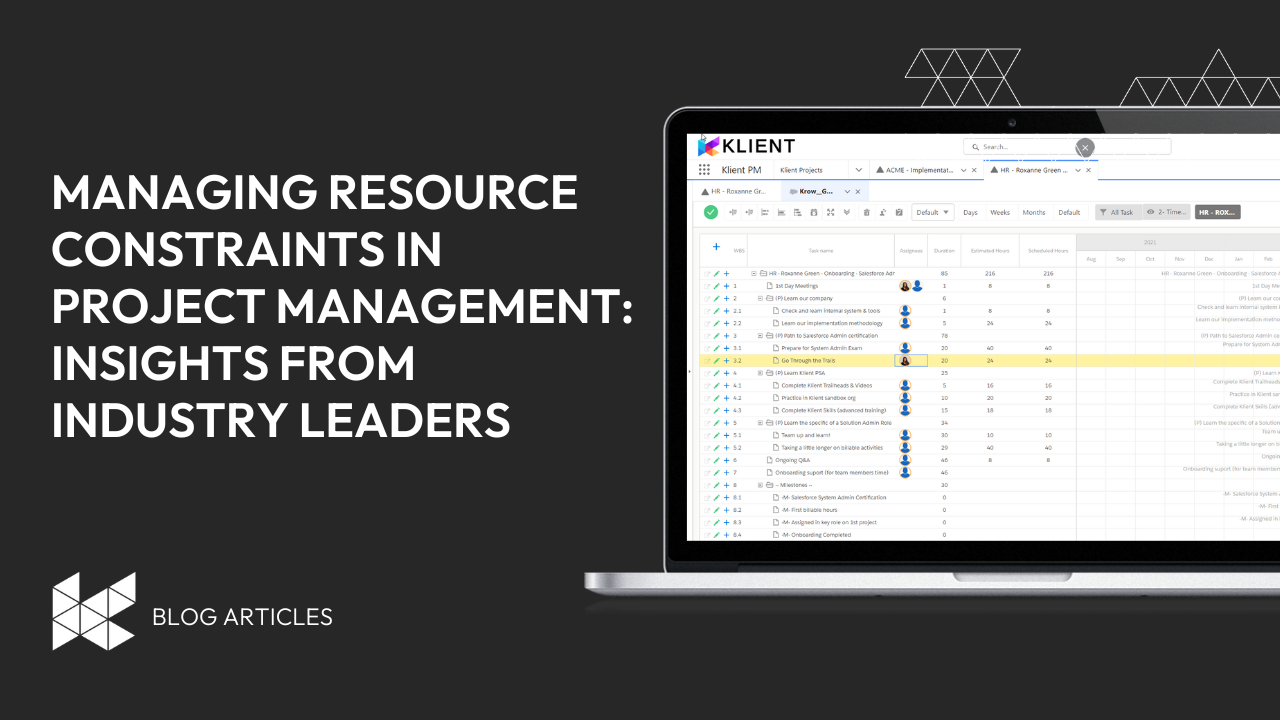
Managing Resource Constraints in Project Management: Insights from Industry Leaders
Resource constraints refer to the limitations of time, money, people, equipment, and materials that affect a project’s ability to be successful. Managing these constraints is an essential part of project management, and it requires careful planning, communication, and problem-solving skills. In this article, we’ll explore some examples of resource constraints in project management and provide insights into how to overcome them.
Types of Resource Constraints in Project Management
Before we dive into the examples, it’s essential to understand the different types of resource constraints that project managers face. Regarding project management, resource constraints are a common challenge that project managers must navigate. Resource constraints refer to the limitations of time, money, people, equipment, and materials that affect a project’s ability to be successful. Understanding the different types of resource constraints is essential for project managers to effectively manage resources, optimize resource utilization, and achieve project goals.
In this article, we’ll explore the various resource constraints in project management and provide insights into how to overcome them. Whether you’re a seasoned project manager or just starting, this article will provide the knowledge and tools needed to navigate resource constraints and deliver high-quality projects on time and within budget.
Time Constraints in Project Management
Time constraints refer to the limited time available to complete a project. This could be due to a strict deadline, a lack of flexibility in scheduling, or unforeseen delays that reduce the time to complete the project. In project management, time is one of the most critical resources.
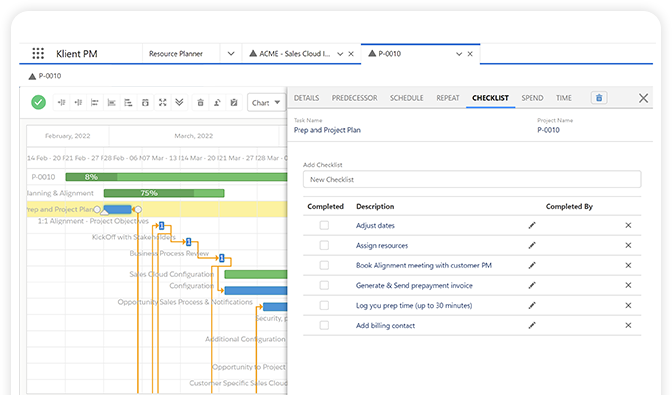
Time constraints can impact a project’s success, and project managers must navigate various time-related challenges to ensure that projects are completed on time and within budget.
Understanding time constraints and implementing effective time management strategies is essential for project managers to optimize resource utilization, maintain productivity, and deliver successful projects.
Here are some examples of time constraints in project management:
- Deadline-driven projects: Some projects are driven by strict deadlines, such as events or product launches, leaving little room for delays or extensions. For example, a software development project for an upcoming major sports event must be completed before the start of the event.
- Seasonal projects: Projects that are tied to specific seasons or weather conditions may have limited windows of opportunity to be completed. For example, a construction project that involves exterior work may be restricted to the summer months due to weather conditions.
- Regulatory compliance: Projects that must comply with specific regulations or legal requirements may be subject to strict timelines. For example, a healthcare provider must comply with new regulations related to data privacy, and must complete the necessary upgrades before a specified deadline.
- Resource availability: Projects that require the availability of specific resources, such as people, equipment, or materials, may be subject to time constraints if those resources are not available within the desired timeframe. For example, a construction project may need to be completed before a specific piece of equipment is scheduled to be relocated to another project site.
- Scope creep: Scope creep refers to the uncontrolled growth of a project’s scope, which can lead to delays and missed deadlines. For example, a marketing campaign may be expanded to include additional platforms or channels, leading to a longer timeframe for completion than originally anticipated.
In each of these examples, time constraints play a significant role in the project’s success. Project managers must identify potential time constraints and plan accordingly to ensure that the project is completed within the desired timeframe. Failure to do so can lead to delays, missed deadlines, and budget overruns, all of which can impact the project’s overall success.
Real-world examples of time constraints in project management:
To better understand the impact of time constraints in project management, let’s take a look at some real-world examples. In this section, we’ll explore different types of projects and the time constraints that were faced by their project managers.
By examining these examples, we can gain insight into the challenges that time constraints can present and the strategies that project managers used to overcome them.
- A construction project must be completed before the start of the rainy season, limiting the available time for completion.
- A software development project must be launched before the holiday season, limiting the available time for testing and bug fixes.
Tips for Managing Time Constraints in project management
Managing time constraints is an essential aspect of successful project management. To ensure that projects are completed on time and within budget, project managers must employ effective time management strategies.
In this section, we’ll provide tips for managing time constraints in project management. From prioritizing tasks to using project management tools, these tips can help project managers optimize resource utilization, maintain productivity, and deliver successful projects.
By implementing these strategies, project managers can effectively manage time constraints and achieve their project goals.
- Prioritize tasks and activities to focus on the most critical aspects of the project.
- Set realistic timelines and adjust them as needed to account for unexpected delays or obstacles.
- Use project management tools such as Gantt charts or Agile methodologies to track progress and ensure on-time delivery.
Budget Constraints in Project Management
Budget constraints refer to the limited amount of money to complete a project. This could be due to a restricted budget or unexpected expenses that increase the cost of the project. Managing budgets is a critical aspect of project management. Budget constraints can significantly impact a project’s success, and project managers must navigate various financial challenges to ensure that projects are completed within the available budget.
In this section, we’ll explore different types of budget constraints in project management and provide examples of how project managers have managed these constraints. We’ll also provide strategies for dealing with budget constraints, such as identifying areas for cost reduction, exploring alternative funding sources, and communicating openly with stakeholders.
By understanding budget constraints and implementing effective budget management strategies, project managers can optimize resource utilization, maintain financial stability, and deliver successful projects.
Here are some examples of budget constraints in project management:
- Limited funding: Projects may be subject to budget constraints if funding is limited. This may be due to the availability of funds, restrictions on funding sources, or other financial factors. For example, a non-profit organization may have limited funds available for a specific project due to a decrease in donations.
- Unexpected expenses: Projects may encounter unexpected expenses that increase the overall cost of the project, leading to budget constraints. For example, a construction project may encounter unforeseen soil or foundation issues that require additional work and materials.
- Competitive pricing: Projects that are subject to competitive pricing may be subject to budget constraints if the project must be completed within a specific price range. For example, a marketing campaign may be subject to a limited budget due to the client’s financial constraints.
- Cost of resources: Projects may be subject to budget constraints if the cost of resources, such as people, equipment, or materials, exceeds the available budget. For example, a software development project may require expensive software licenses that exceed the available budget.
- Economic factors: Projects may be subject to budget constraints if they are impacted by economic factors, such as inflation or changes in the financial markets. For example, a construction project may face cost increases due to rising material prices.
In each of these examples, budget constraints play a significant role in the project’s success. Project managers must identify potential budget constraints and plan accordingly to ensure that the project is completed within the available budget. Failure to do so can lead to overspending, delays, or a failure to meet project goals. Therefore, careful budget planning and management are essential for project success.
Examples of budget constraints in project management:
To better understand the impact of budget constraints in project management, let’s take a look at some real-world examples. In this section, we’ll explore different types of projects and the budget constraints that were faced by their project managers.
By examining these examples, we can gain insight into the challenges that budget constraints can present and the strategies that project managers used to overcome them. Understanding these examples can help project managers identify potential budget constraints and plan accordingly to ensure that their projects are completed within the available budget.
- A non-profit organization must reduce its project budget due to a decrease in funding, limiting the available funds for staffing and resources.
- A manufacturing company must cut costs due to an economic downturn, limiting the available funds for research and development.
Strategies for Dealing with Budget Constraints
Dealing with budget constraints is an essential aspect of project management. Project managers must navigate various financial challenges to ensure that their projects are completed within the available budget. In this section, we’ll provide strategies for dealing with budget constraints in project management.
From identifying areas for cost reduction to exploring alternative funding sources, these strategies can help project managers optimize resource utilization, maintain financial stability, and deliver successful projects.
By implementing these strategies, project managers can effectively manage budget constraints and achieve their project goals.
- Identify areas where costs can be reduced without compromising the project’s quality or scope.
- Explore alternative funding sources, such as grants or partnerships, to supplement the available budget.
- Communicate openly with stakeholders and team members about the budget constraints and work collaboratively to find solutions.
Human Resources Constraints in Project Management
Human resources constraints refer to the limited availability of people with the right skills and experience to complete a project. This could be due to a lack of available staff or difficulty in attracting and retaining skilled personnel. Effective management of human resources is crucial for the success of any project. Human resources constraints, such as a shortage of staff or skills, can significantly impact a project’s success. In this section, we’ll explore different types of human resources constraints in project management and provide examples of how project managers have managed these constraints. We’ll also provide strategies for dealing with human resources constraints, such as identifying potential staffing gaps and leveraging technology to improve productivity.
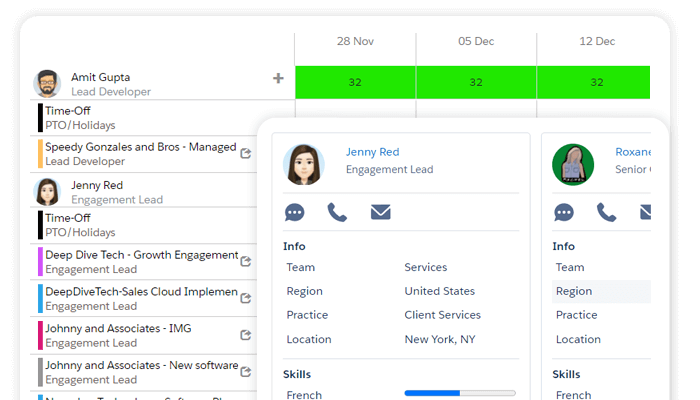
By understanding human resources constraints and implementing effective management strategies, project managers can optimize resource utilization, maintain productivity, and deliver successful projects.
Here are some examples of human resources constraints in project management:
- Limited staffing: Projects may be subject to human resources constraints if there are not enough staff available to complete the project. For example, a manufacturing company may not have enough employees with the necessary skills to complete a specific project.
- Skillset gaps: Projects may be subject to human resources constraints if there are gaps in the required skillset of the available staff. For example, a software development project may require specialized programming skills that are not available within the organization.
- Staff turnover: Projects may be subject to human resources constraints if there is a high rate of staff turnover within the organization. This can lead to a lack of continuity and difficulty in maintaining project momentum. For example, a startup may struggle to maintain staffing levels due to a high rate of employee turnover.
- Competing demands: Projects may be subject to human resources constraints if staff members are already committed to other projects or responsibilities. This can lead to conflicts in scheduling and difficulties in prioritizing tasks. For example, a marketing campaign may be delayed due to competing demands on the creative team’s time.
- Recruitment challenges: Projects may be subject to human resources constraints if there are challenges in recruiting and retaining skilled personnel. This can be due to factors such as location, competition from other employers, or a shortage of qualified candidates. For example, a rural healthcare provider may struggle to attract and retain specialized medical professionals due to the remote location.
In each of these examples, human resources constraints play a significant role in the project’s success. Project managers must identify potential human resources constraints and plan accordingly to ensure that the project is adequately staffed and that the necessary skills are available. Failure to do so can lead to delays, decreased productivity, and an inability to meet project goals. Therefore, effective human resources management is essential for project success.
Insights into human resource constraints in project management:
To better understand the impact of human resource constraints in project management, let’s take a look at some real-world examples. In this section, we’ll explore different types of projects and the human resources constraints that were faced by their project managers.
By examining these examples, we can gain insight into the challenges that human resource constraints can present and the strategies that project managers used to overcome them. Understanding these examples can help project managers identify potential human resource constraints and plan accordingly to ensure that their projects are adequately staffed and the necessary skills are available.
- A software development company struggles to attract and retain skilled programmers due to competition from larger companies, limiting the available human resources for development projects.
- A small business owner must juggle multiple responsibilities and cannot devote enough time to managing a project, limiting the available human resources for the project.
Techniques for Handling Human Resource Constraints
Managing human resources constraints is an essential aspect of project management. Human resources constraints, such as a shortage of staff or skills, can significantly impact a project’s success. In this section, we’ll provide techniques for handling human resource constraints in project management.
From leveraging technology to improve productivity to developing a contingency plan for staffing gaps, these techniques can help project managers optimize resource utilization, maintain productivity, and deliver successful projects. By implementing these techniques, project managers can effectively manage human resource constraints and achieve their project goals.
- Identify the skills and experience needed for the project and assess the available resources to identify gaps.
- Consider outsourcing or partnering with other companies to access additional talent or expertise.
- Prioritize tasks and delegate responsibilities to optimize the available human resources.
Equipment and Technology Constraints in Project Management
Equipment and technology constraints refer to the limited availability of machinery, software, or other tools needed to complete a project. This could be due to a lack of resources or outdated technology that hinders productivity. In today’s business world, equipment and technology play a vital role in project management. Equipment and technology constraints can significantly impact a project’s success, and project managers must navigate various challenges to ensure that projects are completed on time and within budget. In this section, we’ll explore different types of equipment and technology constraints in project management and provide examples of how project managers have managed these constraints.
We’ll also provide strategies for dealing with equipment and technology constraints, such as identifying potential compatibility issues and exploring alternative equipment and technology solutions. By understanding equipment and technology constraints and implementing effective management strategies, project managers can optimize resource utilization, maintain productivity, and deliver successful projects.
Here are some examples of equipment and technology constraints in project management:
- Outdated equipment: Projects may be subject to equipment and technology constraints if the available equipment is outdated or not up to the task required. This can lead to decreased productivity and an inability to meet project goals. For example, a manufacturing company may be using outdated machinery that hinders production.
- Limited access: Projects may be subject to equipment and technology constraints if there is limited access to the necessary equipment or technology. This can be due to factors such as location, availability, or ownership. For example, a construction project in a remote area may have limited access to the necessary equipment due to the difficulty of transporting it.
- Compatibility issues: Projects may be subject to equipment and technology constraints if there are compatibility issues between different pieces of equipment or technology. This can lead to delays and difficulties in integrating different aspects of the project. For example, a software development project may require different pieces of software that are not compatible with each other.
- Cost considerations: Projects may be subject to equipment and technology constraints if the cost of the necessary equipment or technology exceeds the available budget. This can lead to difficulty in acquiring the necessary resources and an inability to meet project goals. For example, a startup may be unable to afford the necessary technology infrastructure for a software development project.
- Technical expertise: Projects may be subject to equipment and technology constraints if there is a lack of technical expertise to effectively utilize the available equipment or technology. This can lead to decreased productivity and an inability to meet project goals. For example, a marketing campaign may require specialized software that the team is not familiar with.
In each of these examples, equipment and technology constraints play a significant role in the project’s success. Project managers must identify potential equipment and technology constraints and plan accordingly to ensure that the necessary resources are available and that they are being effectively utilized. Failure to do so can lead to delays, decreased productivity, and an inability to meet project goals. Therefore, effective equipment and technology management is essential for project success.
Examples of equipment and technology constraints in project management:
To better understand the impact of equipment and technology constraints in project management, let’s take a look at some real-world examples. In this section, we’ll explore different types of projects and the equipment and technology constraints that were faced by their project managers. B
y examining these examples, we can gain insight into the challenges that equipment and technology constraints can present and the strategies that project managers used to overcome them. Understanding these examples can help project managers identify potential equipment and technology constraints and plan accordingly to ensure that their projects have the necessary resources and tools to succeed.
- A construction company must use outdated equipment due to budget constraints, limiting productivity and efficiency.
- A marketing agency must use outdated software that hinders productivity and reduces the quality of the final product.
Solutions for Overcoming Equipment and Technology Constraints
Dealing with equipment and technology constraints is an essential aspect of project management. Equipment and technology constraints, such as compatibility issues or limited availability, can significantly impact a project’s success. In this section, we’ll provide solutions for overcoming equipment and technology constraints in project management.
From exploring alternative equipment and technology solutions to developing contingency plans for unexpected issues, these solutions can help project managers optimize resource utilization, maintain productivity, and deliver successful projects. By implementing these solutions, project managers can effectively manage equipment and technology constraints and achieve their project goals.
- Explore alternative technologies or tools that can achieve the same or similar results with less equipment.
- Consider leasing or renting equipment to reduce upfront costs and allow for flexibility in usage.
- Invest in training and development to optimize the use of existing equipment and technology.
Material and Supply Constraints in Project Management
Material and supply constraints refer to the limited availability of necessary materials and supplies needed to complete a project. This could be due to supply chain disruptions or increased demand for specific materials.
Managing material and supply constraints is a critical aspect of project management. Material and supply constraints, such as a shortage of necessary materials or limited availability, can significantly impact a project’s success.
In this section, we’ll explore different types of material and supply constraints in project management and provide examples of how project managers have managed these constraints. We’ll also provide strategies for dealing with material and supply constraints, such as identifying potential cost reduction opportunities and exploring alternative sourcing options.
By understanding material and supply constraints and implementing effective management strategies, project managers can optimize resource utilization, maintain productivity, and deliver successful projects.
Here are some examples of material and supply constraints in project management:
- Shortage of materials: Projects may be subject to material and supply constraints if there is a shortage of necessary materials. This can be due to factors such as supply chain disruptions, unexpected demand, or limited availability. For example, a manufacturing company may not have access to the necessary raw materials for production due to a supply chain disruption.
- Limited availability: Projects may be subject to material and supply constraints if the necessary materials are not readily available. This can be due to factors such as location, availability, or ownership. For example, a construction project may require specific types of building materials that are not available in the local area.
- Cost considerations: Projects may be subject to material and supply constraints if the cost of the necessary materials exceeds the available budget. This can lead to difficulty in acquiring the necessary resources and an inability to meet project goals. For example, a research project may require expensive laboratory equipment that is outside the project budget.
- Quality issues: Projects may be subject to material and supply constraints if the quality of the available materials is not up to the required standard. This can lead to delays and an inability to meet project goals. For example, a construction project may require high-quality concrete, but the available concrete is not strong enough.
- Regulatory compliance: Projects may be subject to material and supply constraints if the necessary materials must comply with specific regulations or legal requirements. This can lead to difficulties in sourcing the necessary materials and an inability to meet project goals. For example, a food manufacturing project may require specific ingredients that comply with food safety regulations.
In each of these examples, material and supply constraints play a significant role in the project’s success. Project managers must identify potential material and supply constraints and plan accordingly to ensure that the necessary resources are available and that they are being effectively utilized. Failure to do so can lead to delays, decreased productivity, and an inability to meet project goals. Therefore, effective material and supply management is essential for project success.
Real-life examples of material and supply constraints in project management:
To better understand the impact of material and supply constraints in project management, let’s take a look at some real-world examples. In this section, we’ll explore different types of projects and the material and supply constraints that were faced by their project managers. By examining these examples, we can gain insight into the challenges that material and supply constraints can present and the strategies that project managers used to overcome them.
Understanding these examples can help project managers identify potential material and supply constraints and plan accordingly to ensure that their projects have the necessary resources to succeed.
- A manufacturer of electronic devices cannot source the necessary components due to a supply chain disruption, limiting the available materials for production.
- A restaurant owner must adjust the menu due to a shortage of specific ingredients, limiting the available supplies for menu items
Approaches to Managing Material and Supply Constraints
Managing material and supply constraints is a crucial aspect of project management. Material and supply constraints, such as a shortage of necessary materials or limited availability, can significantly impact a project’s success. In this section, we’ll provide approaches to managing material and supply constraints in project management.
From implementing effective inventory management techniques to exploring alternative sourcing options, these approaches can help project managers optimize resource utilization, maintain productivity, and deliver successful projects. By implementing these approaches, project managers can effectively manage material and supply constraints and achieve their project goals.
- Work with suppliers and vendors to identify alternative sources or substitute materials.
- Develop contingency plans to account for supply chain disruptions or unexpected material shortages.
- Consider alternative approaches to production or design that can reduce the need for specific materials or supplies.
Best Practices for Resource Management in Project Management
Effective resource management is essential for project success. In this section, we’ll explore best practices for resource management in project management.
From identifying and prioritizing project resources to implementing effective communication and monitoring strategies, these best practices can help project managers optimize resource utilization, maintain productivity, and deliver successful projects.

By implementing these best practices, project managers can effectively manage project resources and achieve their project goals.
To optimize resource management, project managers should consider the following best practices:
- Develop a comprehensive project plan that considers all types of resource constraints and outlines strategies for managing them.
- Use data and analytics to forecast resource needs and plan accordingly.
- Monitor progress regularly and adjust plans as needed to account for changing circumstances or unexpected obstacles.
Resource constraints are a common challenge in project management, but they can be overcome with careful planning, communication, and problem-solving skills. By understanding the different types of resource constraints and applying best practices for managing them, project managers can optimize resource utilization, achieve project goals and KPIs, and deliver high-quality projects on time and within budget. So, keep calm and carry on managing your resources effectively.

You liked this Klient Tip? Share it with your team!
Discover more articles from Klient

Replace all your tools with Klient, Salesforce #1 PSA platform
Run your entire SaaS and consulting business on a single professional service automation platform native to Salesforce!

